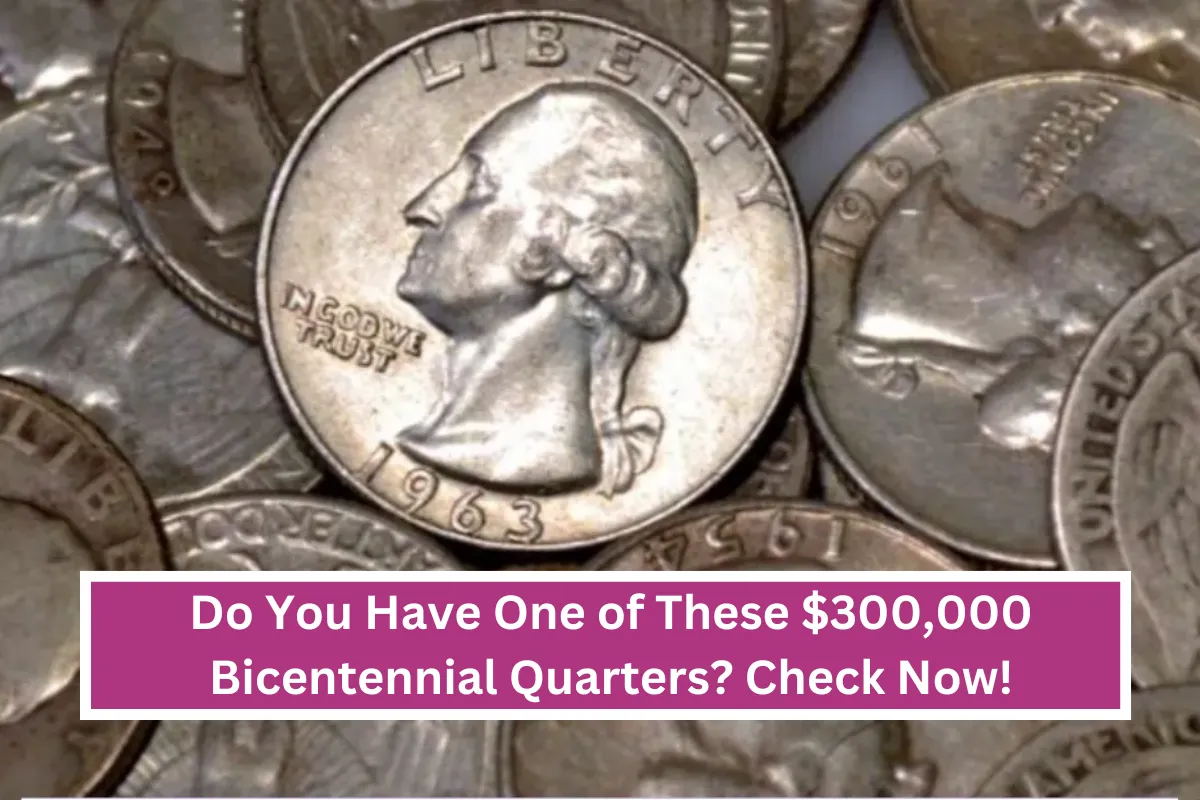When it comes to valuable coins, the 1976 Bicentennial quarter often flies under the radar. Many people have these commemorative coins stashed in drawers or forgotten in coin jars. What most don’t realize is that some rare versions of the Bicentennial quarter can be worth a small fortune.
These coins, minted to celebrate the 200th anniversary of the United States, feature a special design and the dual date “1776-1976.” While most of these quarters are common, three rare varieties could potentially make you $300,000 richer if they’re in pristine condition.
1976-S Silver Bicentennial Quarter
The San Francisco Mint produced a limited number of Bicentennial quarters made from 40% silver, primarily for collectors. These coins were never meant for circulation, which makes them rare in uncirculated condition. A high-grade 1976-S Silver Bicentennial quarter could fetch anywhere from $10,000 to $50,000, depending on its condition.
1976-D Bicentennial Quarter with a Double Die Error
Minting errors, like a double die, occur when a coin’s design is accidentally struck twice, causing a slightly blurred or “doubled” appearance in the lettering or design. A 1976-D quarter with a visible double die error can be extremely valuable, with prices ranging from $10,000 to over $100,000 based on its condition.
1976 Bicentennial Quarter with Off-Center Strike
Off-center strikes happen when a coin is not properly aligned during the minting process, leaving part of the design off the edge of the coin. These error coins are highly prized by collectors. A well-preserved 1976 Bicentennial quarter with an off-center strike could be worth between $5,000 and $50,000, depending on the extent of the error and the overall quality of the coin.
While most Bicentennial quarters are worth little more than face value, these three rare varieties have the potential to make you $300,000 richer. Whether it’s a silver coin, a double die error, or an off-center strike, each of these rarities carries significant value in the coin collecting world. If you have old quarters lying around, it might be time to take a closer look. Who knows—one of these hidden treasures could be waiting in your change jar, ready to change your financial future!

